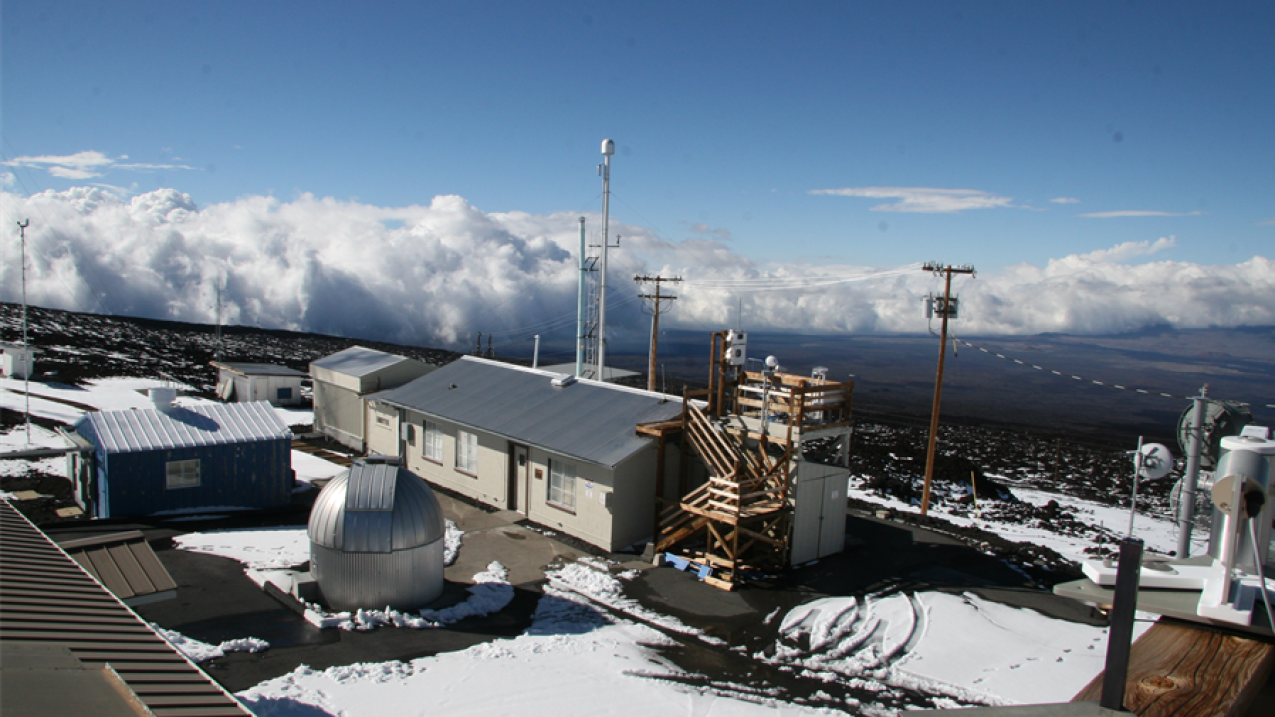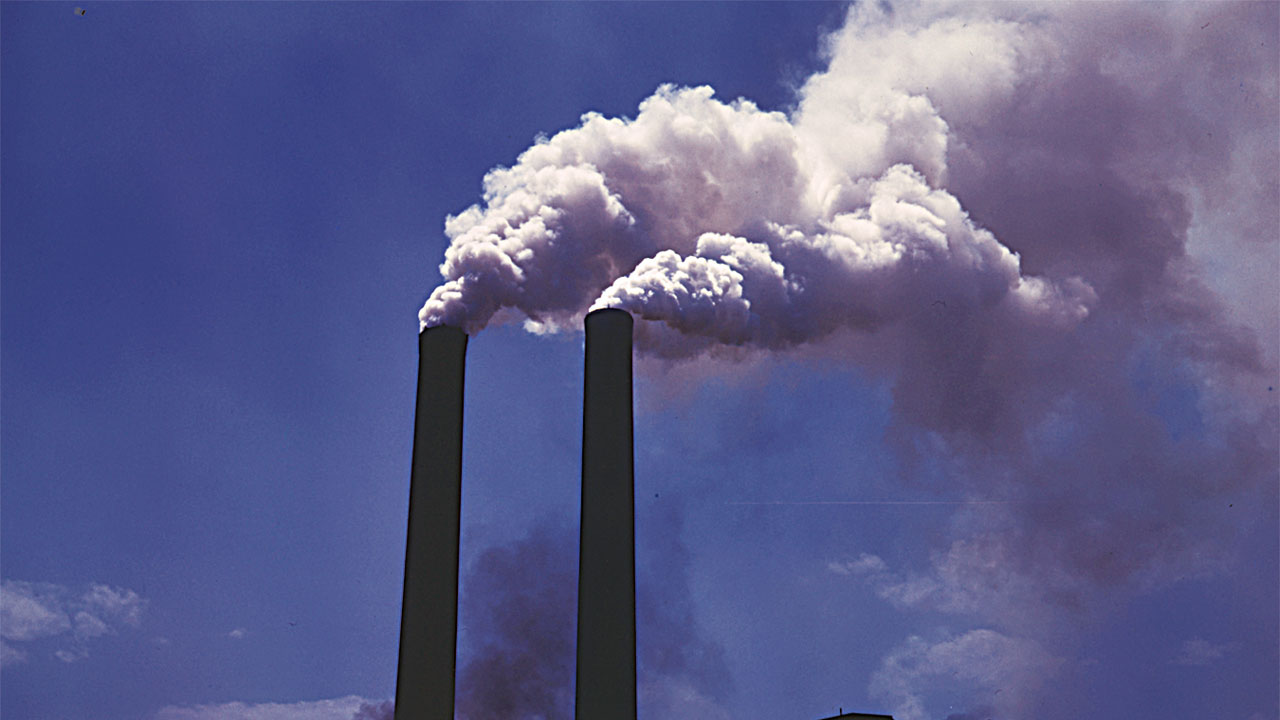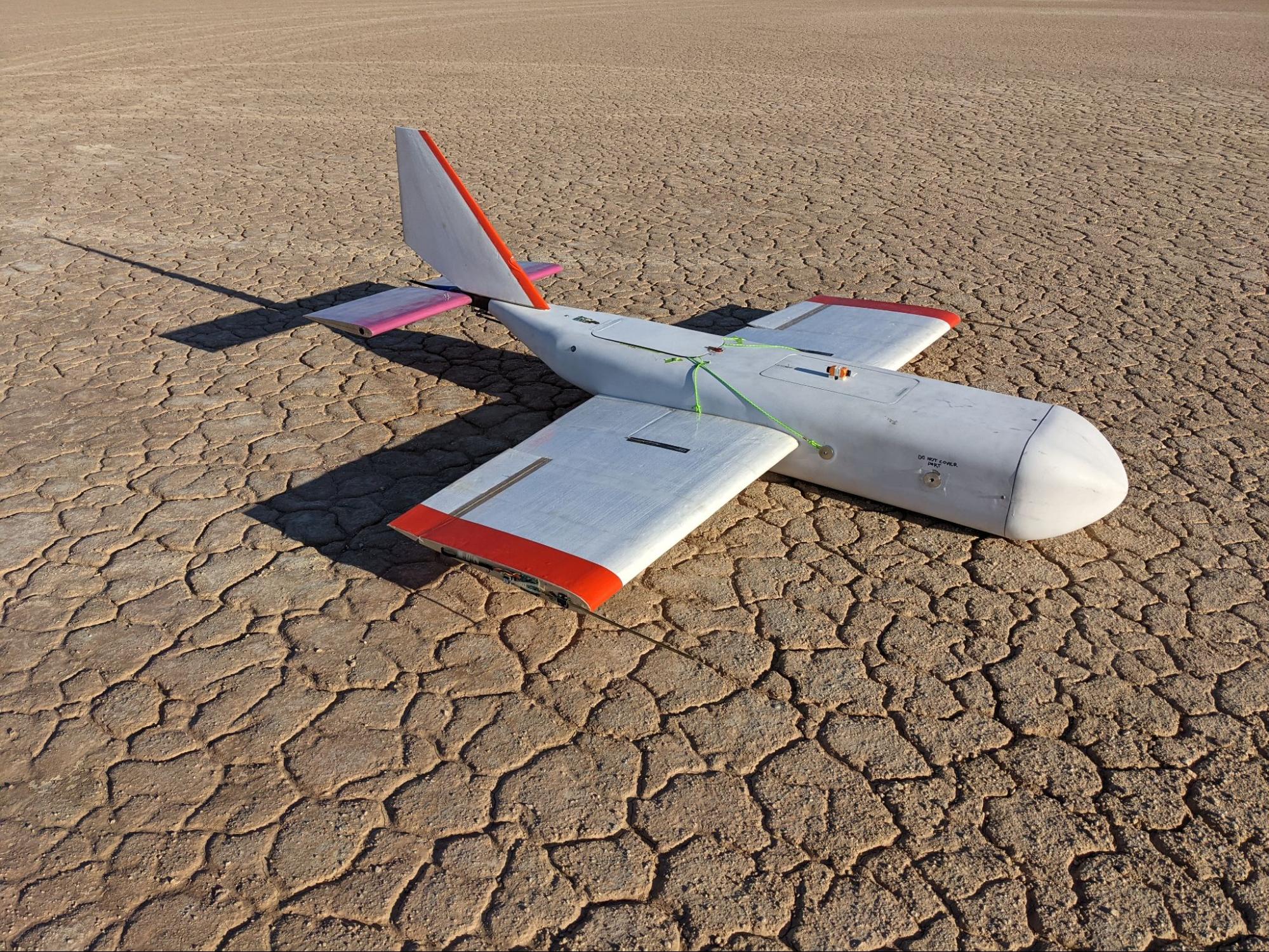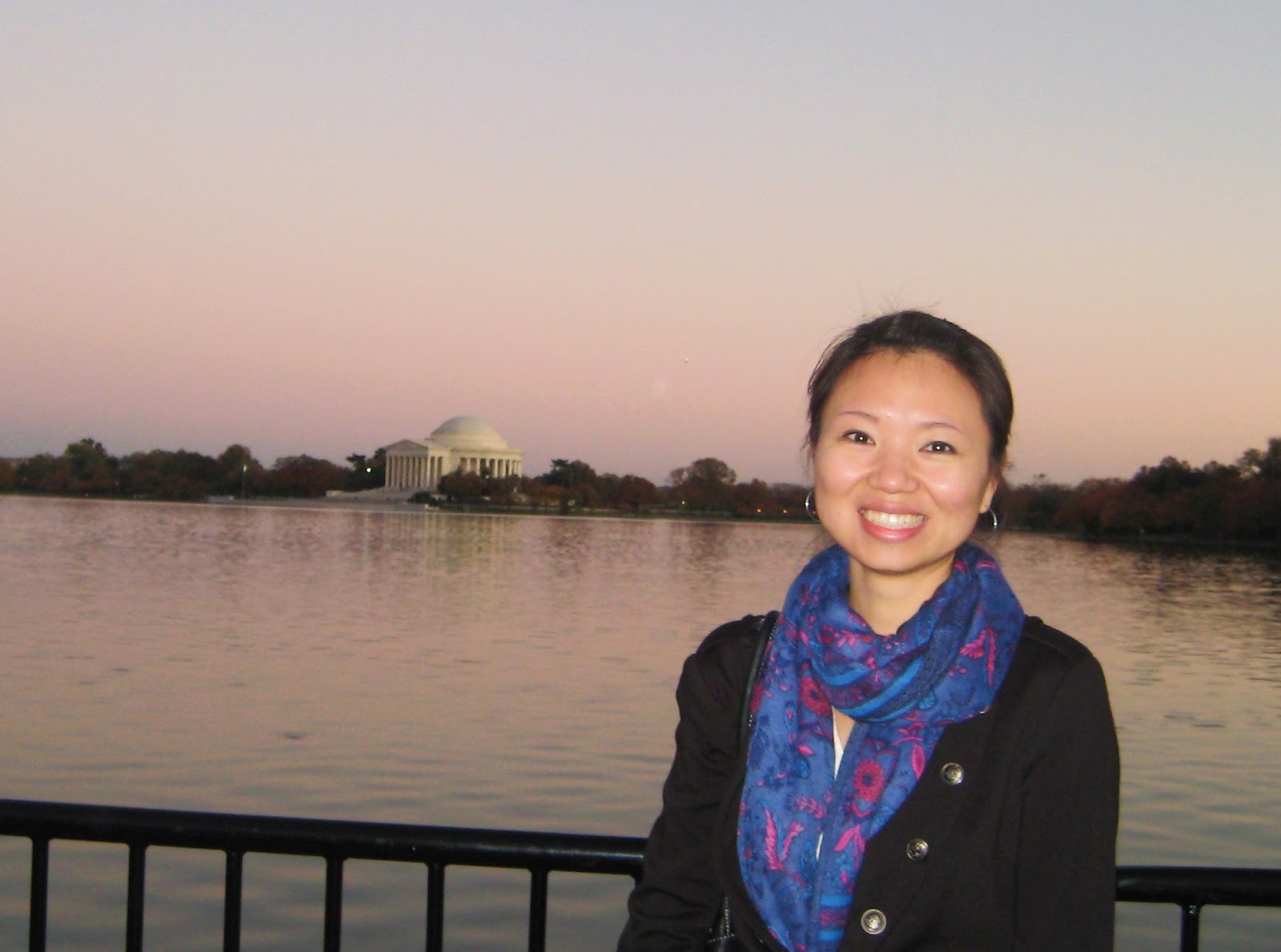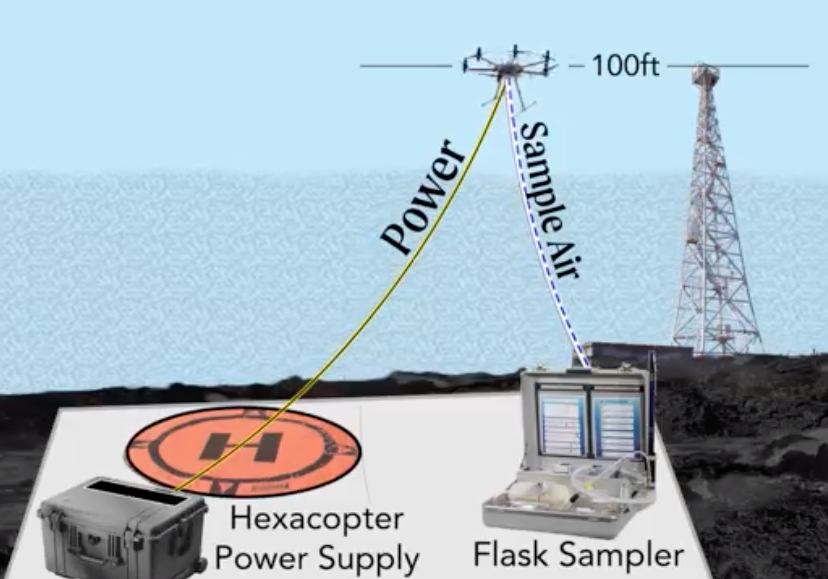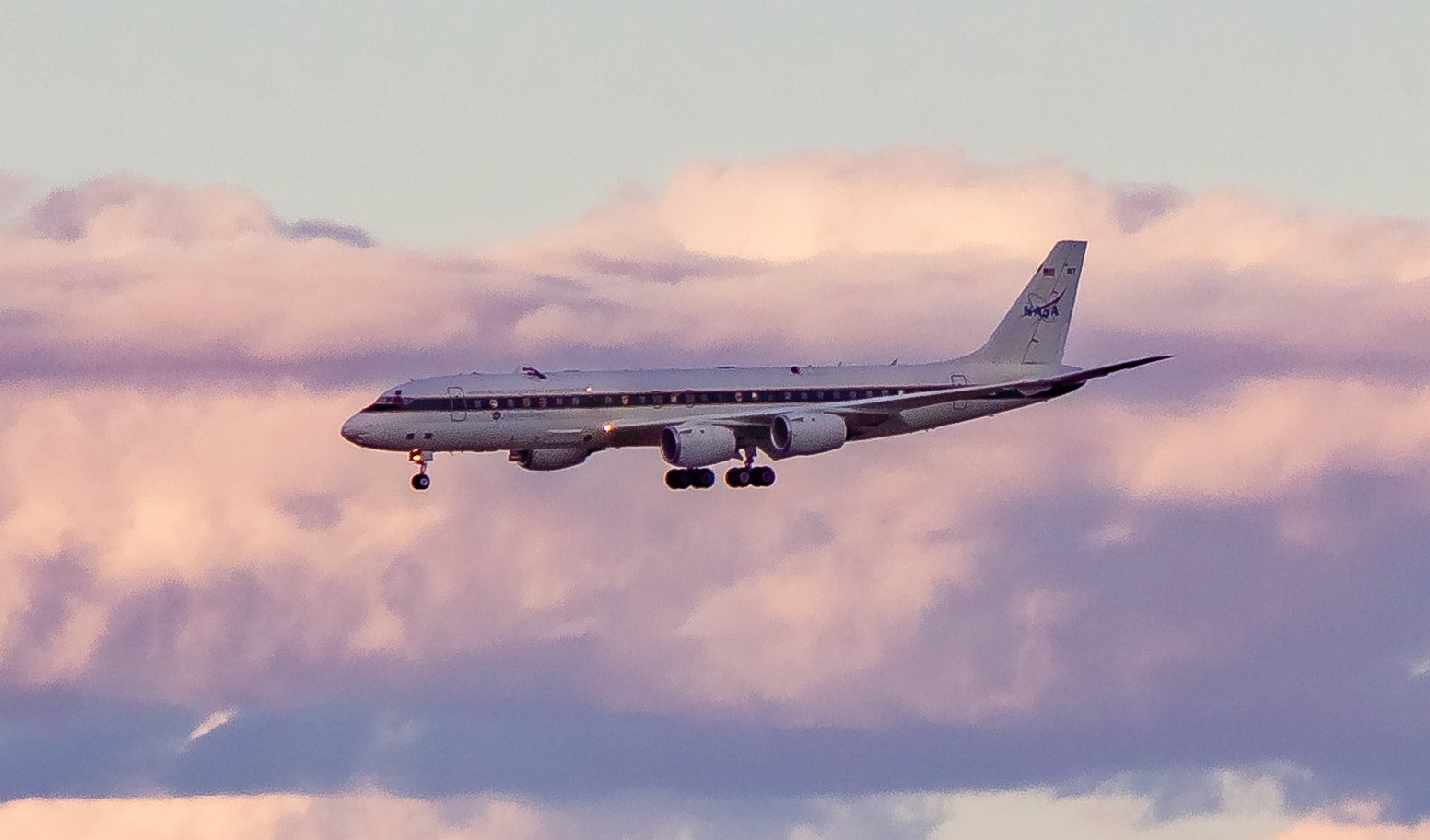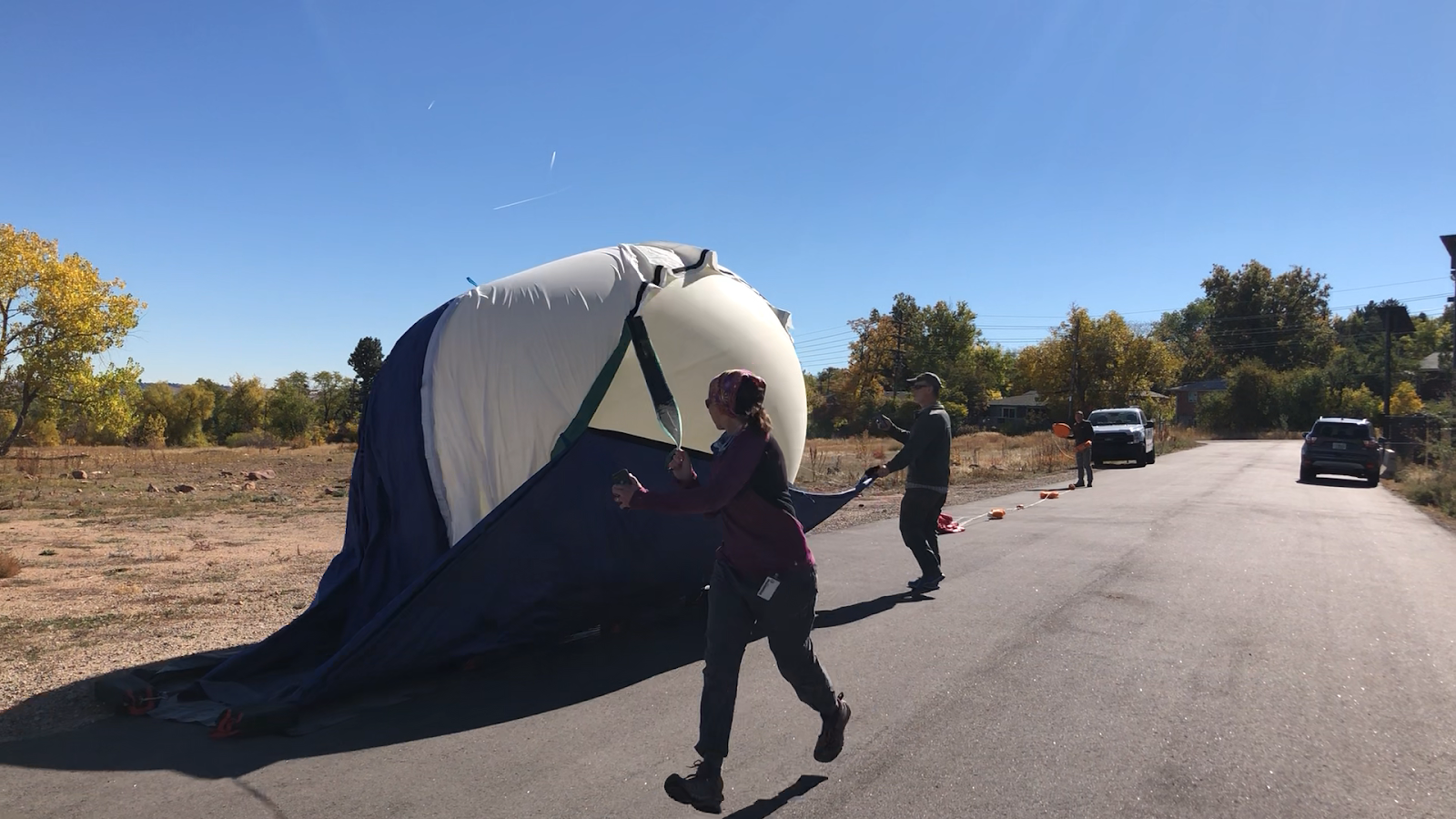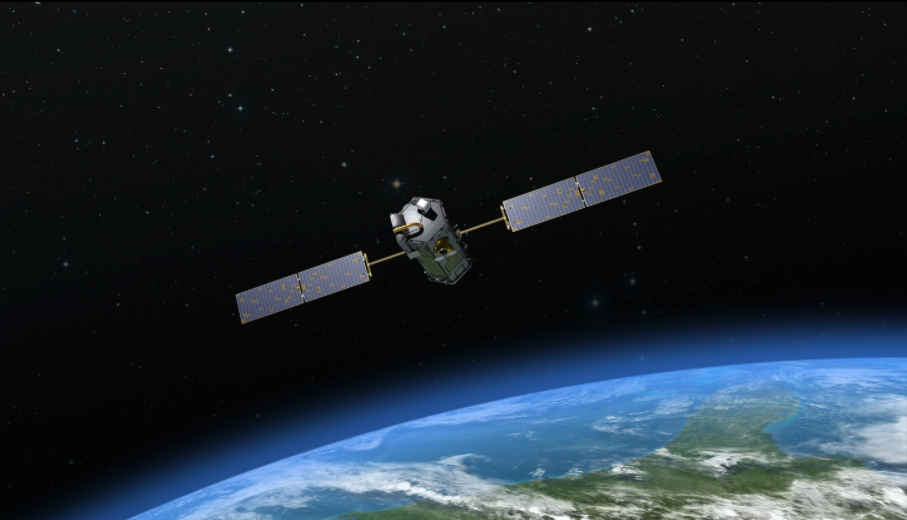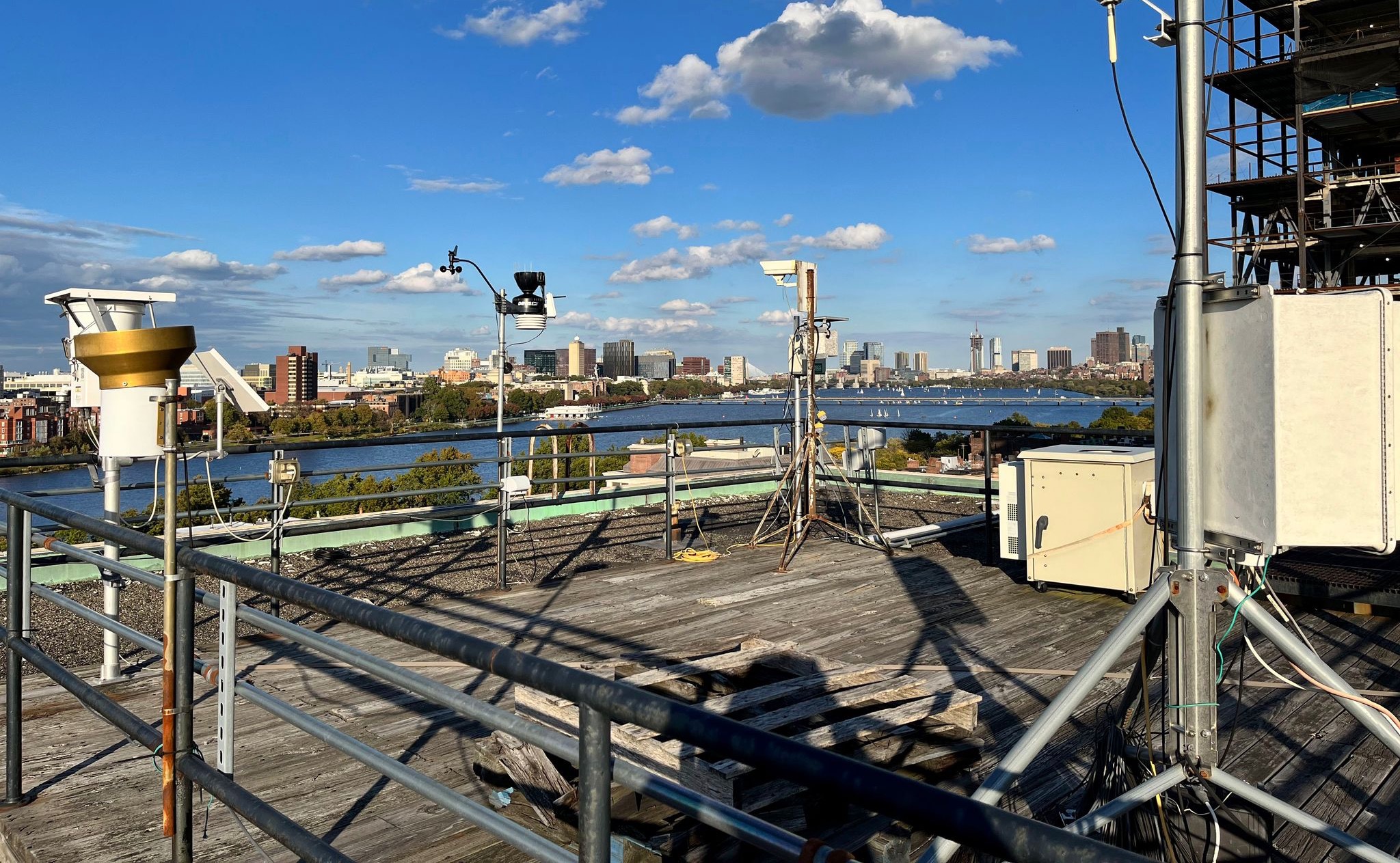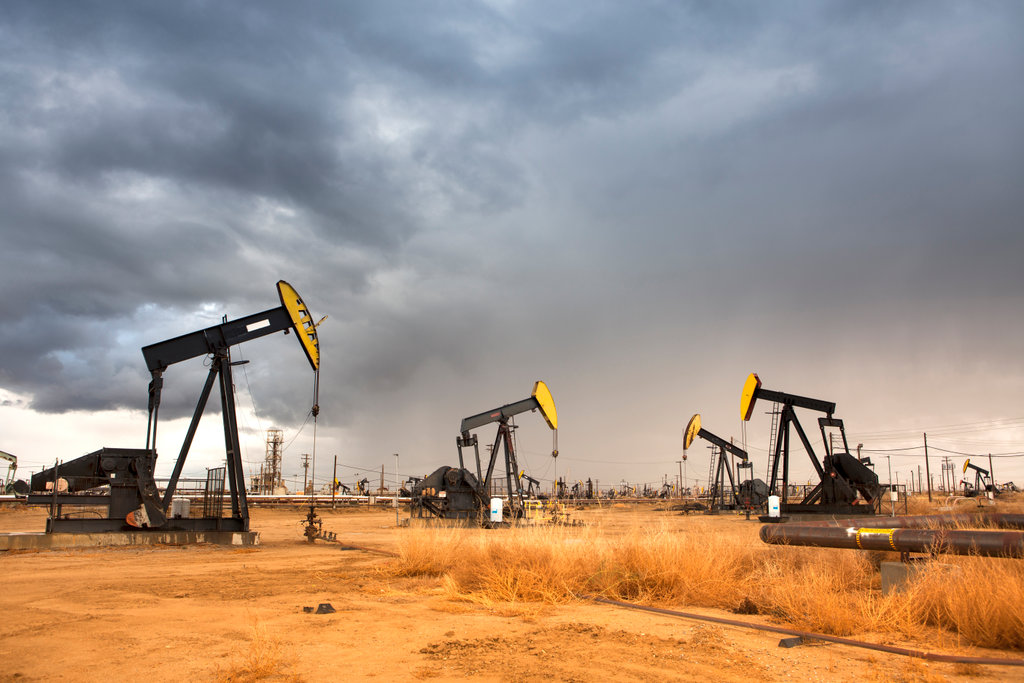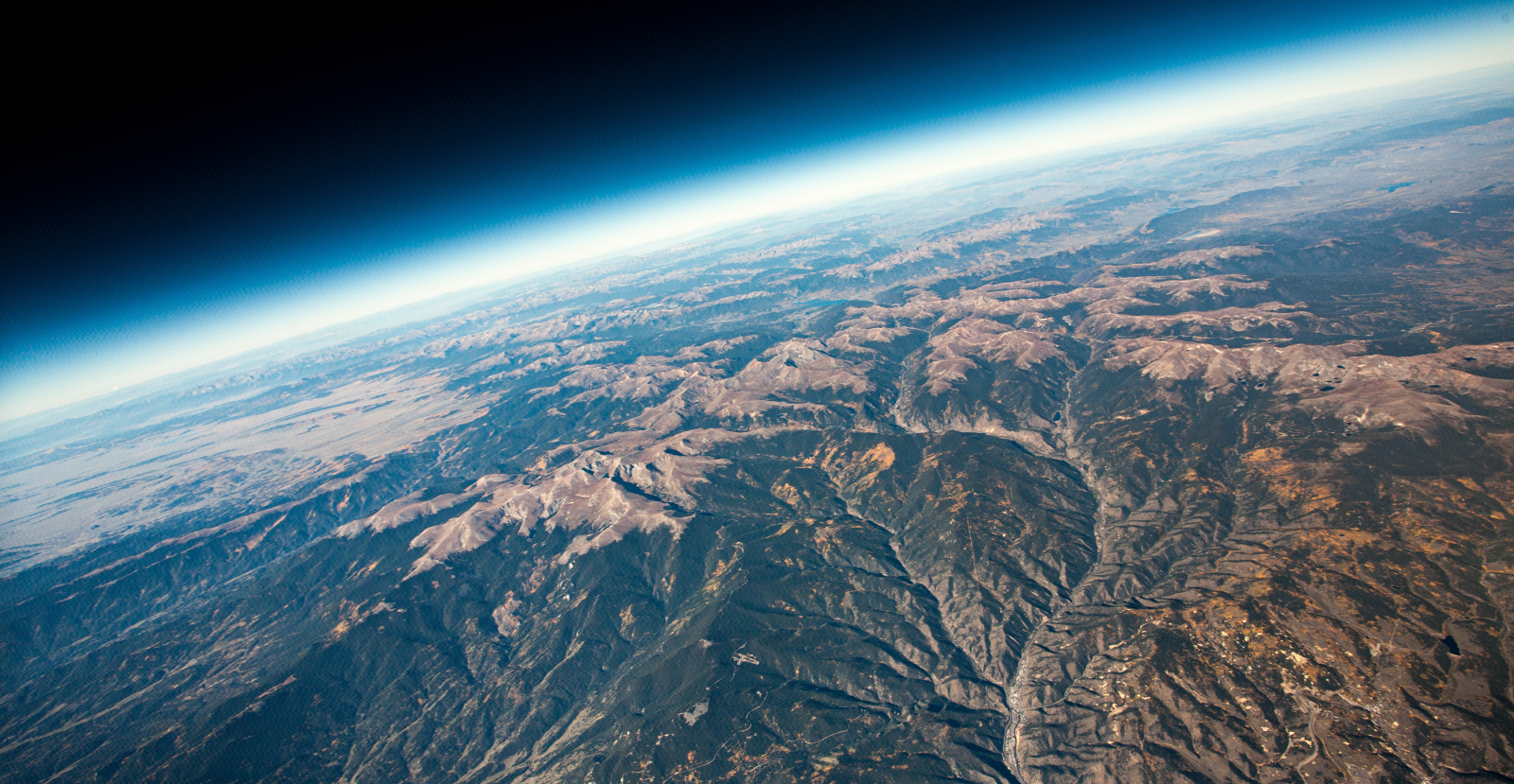News

December 6, 2022
GML highlights at AGU 2022 Fall Meeting
GML and CIRES researchers are presenting several talks and posters at the 2022 Fall Meeting of the American Geophysical Union, and collaborating on many more.June 6, 2022
Carbon dioxide now more than 50% higher than pre-industrial levels
Carbon dioxide measured at NOAA’s Mauna Loa Atmospheric Baseline Observatory peaked for 2022 at 421 parts per million in May, pushing the atmosphere further into territory not seen for millions of years.May 23, 2022
Greenhouse gas pollution trapped 49% more heat in 2021 than in 1990, NOAA finds
Greenhouse gas pollution caused by human activities trapped 49% more heat in the atmosphere in 2021 than they did in 1990, according to NOAA scientists.May 9, 2022
HORUS is approved to fly in the national airspace in northeastern Colorado
NOAA Global Monitoring Laboratory has recently obtained approval from the FAA to fly the High-altitude Operational Returning Unmanned System (HORUS) up to 90,000 ft above mean sea level in the national airspace in northeastern Colorado.April 7, 2022
Increase in atmospheric methane set another record during 2021
For the second year in a row, NOAA scientists observed a record annual increase in atmospheric levels of methane, a powerful, heat-trapping greenhouse gas that’s the second biggest contributor to human-caused global warming after carbon dioxide.April 1, 2022
Modeling greenhouse gas emissions from atmospheric observations with Lei Hu
In celebration of Women’s History Month, this article continues a series of interviews with NOAA Research employees and scientists.March 18, 2022
NOAA Global Monitoring Laboratory Development of a UAS “Virtual Tower” for Gas and Ozone Measurements
Scientists from NOAA’s Global Monitoring Laboratory (GML) have undertaken novel development of an uncrewed aircraft system (UAS) “hexacopter” that will enable the lab to not only recommence a long-standing mission that was recently forced to halt, but paves the way toward enhanced operations in the future.December 9, 2021
GML highlights at AGU 2021 Fall Meeting
GML and CIRES researchers talks and posters at the 2021 Fall Meeting of the American Geophysical Union.December 7, 2021
Southern Ocean confirmed as strong carbon dioxide sink
A new study published this week in the journal Science confirms the role of the Southern Ocean as a significant carbon sink.December 1, 2021
GML's StratoCore will open a new era to study the stratosphere
GML and CIRES scientists are currently redesigning NOAA's balloon-borne AirCore sampler and increasing the number of gases measured from these samples.November 5, 2021
Atmospheric carbon dioxide rebounds as global pollution rates approach pre-Covid levels
Global carbon emissions are projected to bounce back to 36.4 billion metric tons this year after an unprecedented drop caused by the response to the coronavirus pandemic.November 5, 2021
NOAA data shed new light to improve NASA satellite products for carbon dioxide
New research shows that systematic errors in the OCO-2 total column CO2 products can be large enough to confound reliable surface flux estimation.November 2, 2021
Urban areas across the U.S. are undercounting methane emissions, a new study shows
An eight-year study of Boston’s natural gas system has revealed that emissions of methane, a powerful greenhouse gas, are significantly higher than previously estimated.October 12, 2021
GML is granted funding to investigate COVID impacts on the U.S. non-CO2 greenhouse gas emissions
A new research initiative “Quantifying the impacts of COVID-19 on U.S. national and regional non-CO2 greenhouse gas emissions from atmospheric observations” is granted funding from Climate Program Office’s Atmospheric Chemistry, Carbon Cycle, and Climate (AC4) program and Climate Observations and Monitoring (COM) program.October 7, 2021
NOAA’s new uncrewed glider poised to help vastly increase high-altitude research
Scientists from NOAA’s Global Monitoring Laboratory, are fine-tuning a low-tech, cost-effective system for lifting a small payload of specialized measuring instruments to the edge of space, and then guiding it back to the launch location.


